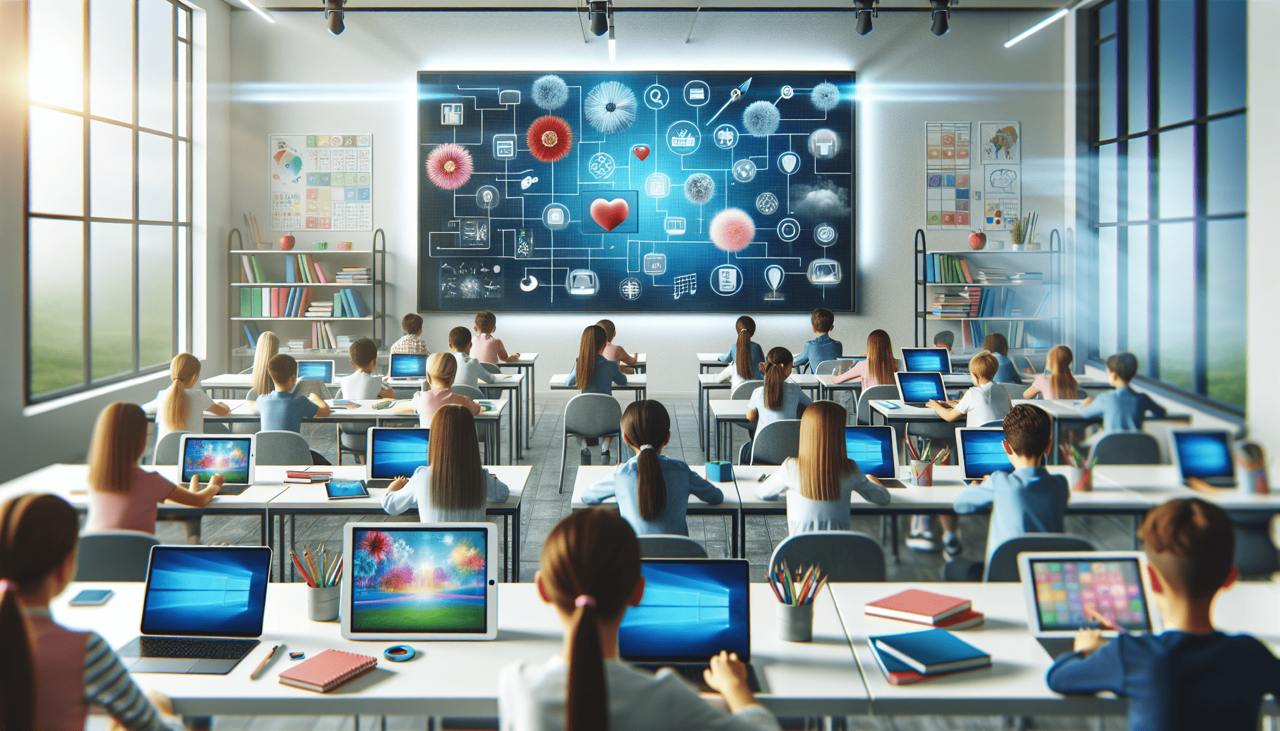In today's rapidly evolving digital landscape, the role of technology in education is becoming increasingly pivotal. As classrooms transform into tech-infused learning environments, educators and students are discovering the myriad benefits that come with integrating technology into educational settings. This shift not only enhances student engagement but also fosters interactive and personalized learning experiences. Additionally, it equips students with the necessary skills and knowledge to thrive in a digital future.
One of the most significant advantages of incorporating technology into classrooms is the boost in student engagement. Traditional teaching methods often struggle to hold the attention of digital-native students who are accustomed to the fast-paced, interactive nature of technology. By using tools such as interactive whiteboards, digital projectors, and educational apps, teachers can capture the interest of students and make learning more dynamic and enjoyable. For example, gamified learning platforms like Kahoot! and Quizizz turn assessment into an engaging experience, encouraging students to actively participate and collaborate with their peers.
Furthermore, technology fosters an interactive learning environment where lessons are no longer a one-way transmission of information. Instead, students can engage with content through various multimedia resources such as videos, simulations, and virtual reality experiences. For instance, a history class studying ancient civilizations can embark on a virtual tour of archaeological sites, while a science class can simulate complex experiments in a virtual lab setting. These interactive experiences help to deepen understanding and provide students with a richer context for their learning.
Moreover, technology in the classroom allows for personalized learning experiences tailored to individual student needs. Adaptive learning platforms can assess a student's current level, identify areas of strength and weakness, and provide customized learning paths. This ensures that each student receives the support and challenges they need to progress at their own pace. For example, platforms like DreamBox and Khan Academy offer personalized math practice that adapts to a student's learning style and pace, ensuring no one gets left behind or feels unchallenged.
Beyond its immediate classroom benefits, integrating technology in education prepares students for the digital future that awaits them. In a world where digital literacy is becoming as fundamental as traditional literacy, equipping students with the skills to navigate and utilize technology is paramount. By engaging with technology daily, students become proficient in using digital tools, troubleshooting technical issues, and understanding the ethical considerations of digital citizenship.
In conclusion, embracing technology in classrooms opens up a world of possibilities for both students and educators. It transforms learning into an engaging, interactive, and personalized experience, while also preparing students for the challenges and opportunities of a digitally-driven world. As schools continue to explore and implement technological advancements, the future of education promises to be more inclusive, dynamic, and exciting than ever before.
